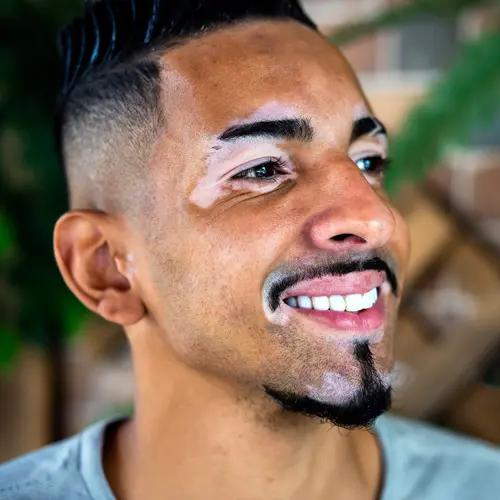Ingrown Toenail Home Remedies
Most ingrown nail problems can be prevented with proper grooming of the toes and by wearing better-fitting shoes.
In fact, if you have an ingrown toenail, chances are you can treat it at home, too. Here are some home remedies to try:
- Soak your feet in warm water. Leave them in there for about 15-20 minutes. You can do this three or four times a day. It’ll make your toe feel less tender and can help with swelling.
- Put dental floss or a cotton swab under your toenail. Once you’re done soaking your feet, put floss or cotton under the ingrown part of the nail. This will encourage it to grow above the skin.
- Put on some antibiotic cream. Apply some antibiotic to your toe and wrap it up in a bandage.
- Pay attention to your shoes. Think about what kind of shoes you’re wearing. If you can, stick with sandals, flip-flops, or other open-toed shoes until your toe heals.
- Take pain medications. Over-the-counter options like acetaminophen, ibuprofen, or naproxen sodium can ease the pain.
If these home remedies don’t help with your ingrown toenail or you’re worried about it, it’s time to see a doctor. If you notice signs of an infection, like fever or red streaks on your skin leading away from the nail area, let your doctor know. They can prescribe an antibiotic.
If you have diabetes, there’s a higher chance an infected nail won’t heal properly.
Cutting an ingrown toenail
If the steps above don’t help, you shouldn’t try to remove an ingrown nail at home. Let your doctor look at it.
When the toenail grows out, make sure you trim it in a straight line. Don’t cut it too short or round the corners down.
Ingrown Toenail Medical Treatment
Your doctor will look at your toe to see if it’s ingrown. They may:
- Lift the nail. The doctor might lift the ingrown nail and put a splint under it to relieve some pressure. When you get home, you’ll remove the splint, soak the nail, and put the splint back.
- Cut away part of the nail. If the doctor has to do this, they’ll numb your toe with a shot first.
- Remove the whole nail and some tissue. If your ingrown nail keeps coming back, this might be an option. The doctor will numb your toe first with a shot. They might remove the section that’s ingrown or your whole toenail. They may have to destroy the nail bed underneath the area so the nail doesn’t regrow or grows back thinner.
Your doctor might also suggest:
- Antibiotics. You might need to take antibiotics in the form of a pill or as an ointment to put on your toe.
- More comfortable shoes. If your shoes put too much pressure on your toes, you could get an ingrown toenail. Make sure you wear wide shoes that fit you and give your toes lots of space to move around.
- A toe brace. This is a plastic or metal brace that goes over your toenail to relieve pain and pressure.
Sometimes an ingrown nail is caused by a fungus. A doctor can find out if you have a fungus and then offer treatment options.

